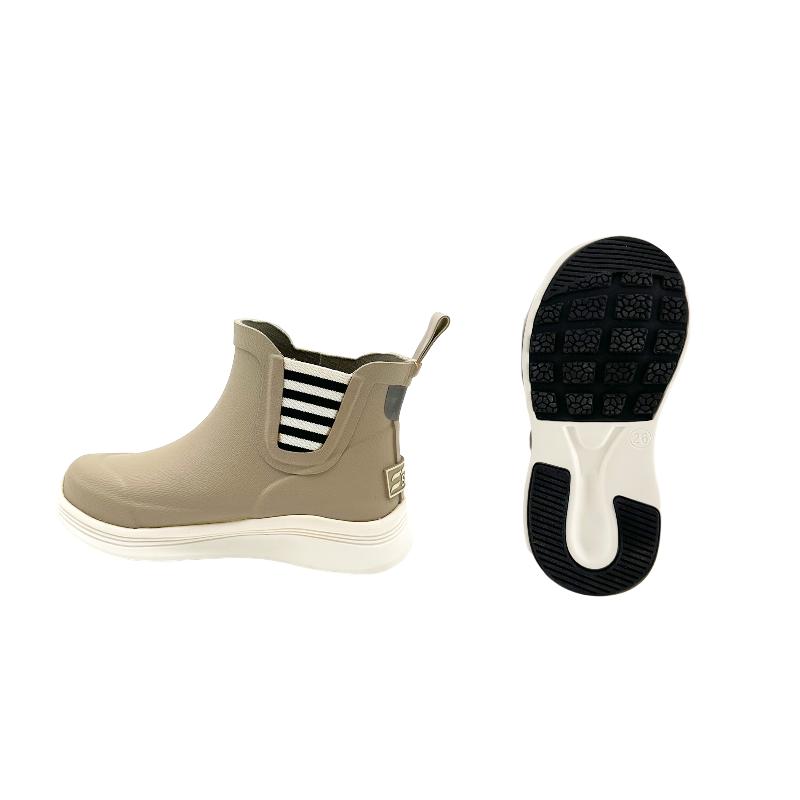In conclusion, rubber waders are a must-have accessory for any serious angler. Their ability to keep you dry, versatility, and durability make them an invaluable tool for navigating a variety of aquatic environments. So if you're in the market for a new pair of waders, be sure to do your research and find the perfect pair that will help take your fishing game to the next level.








